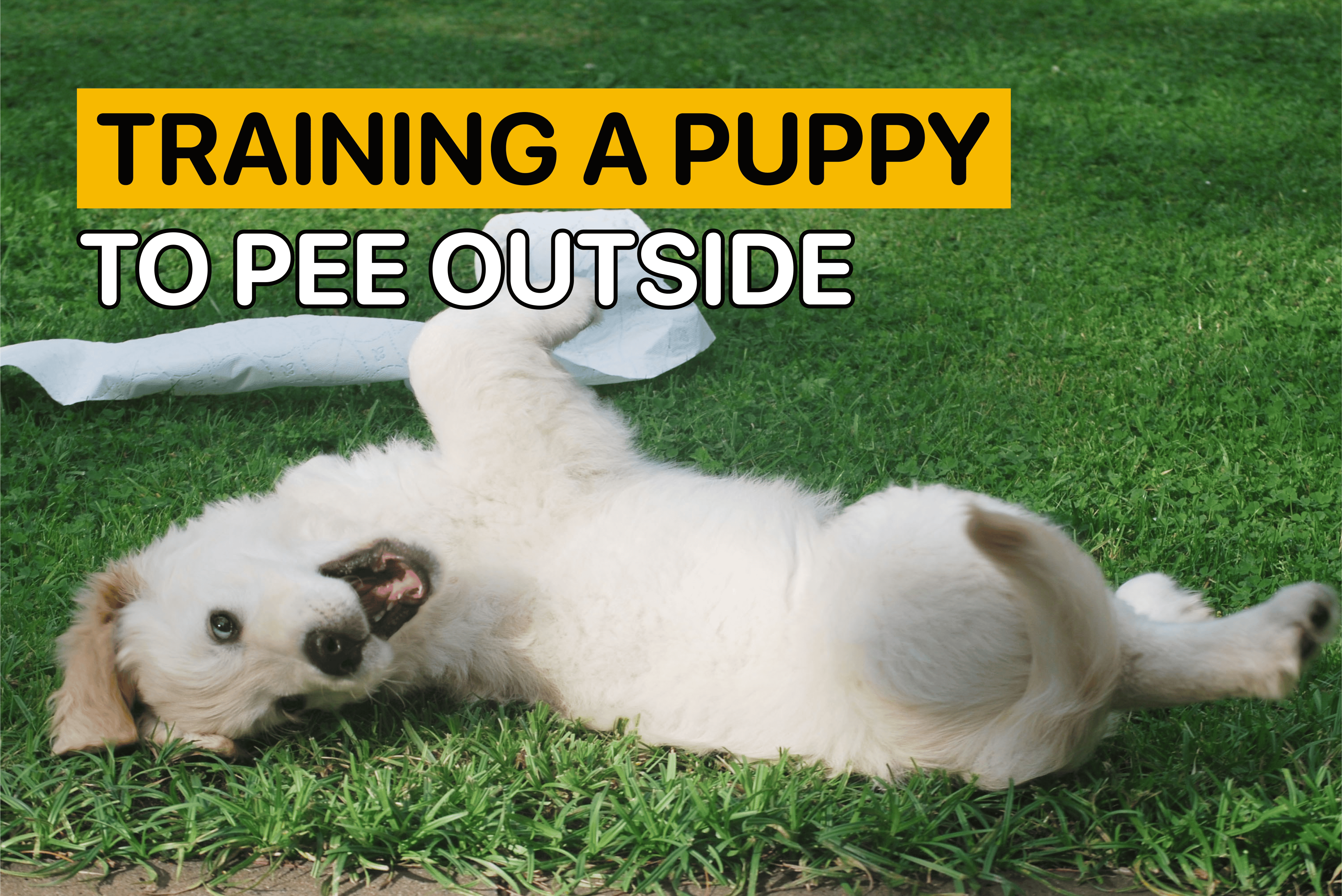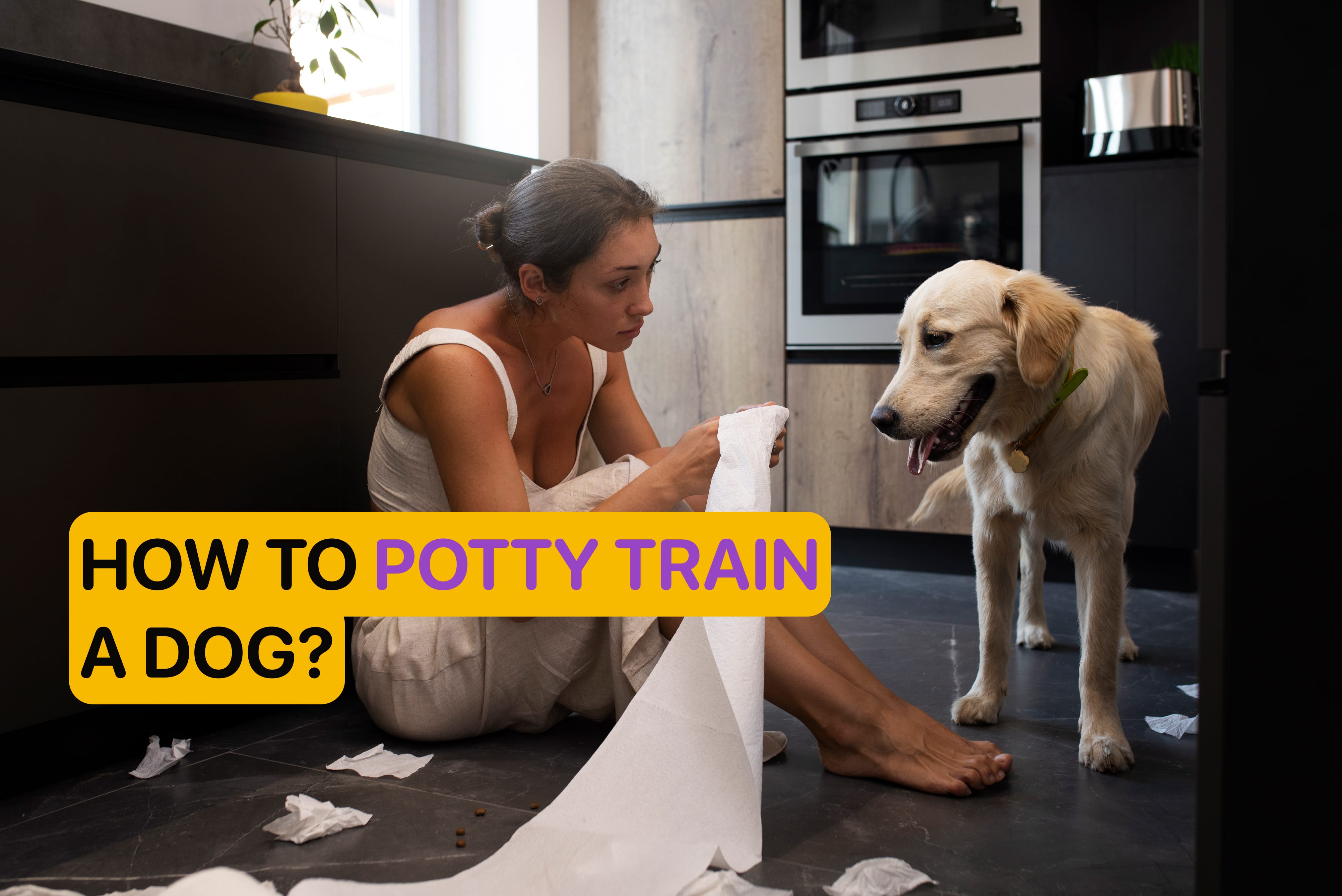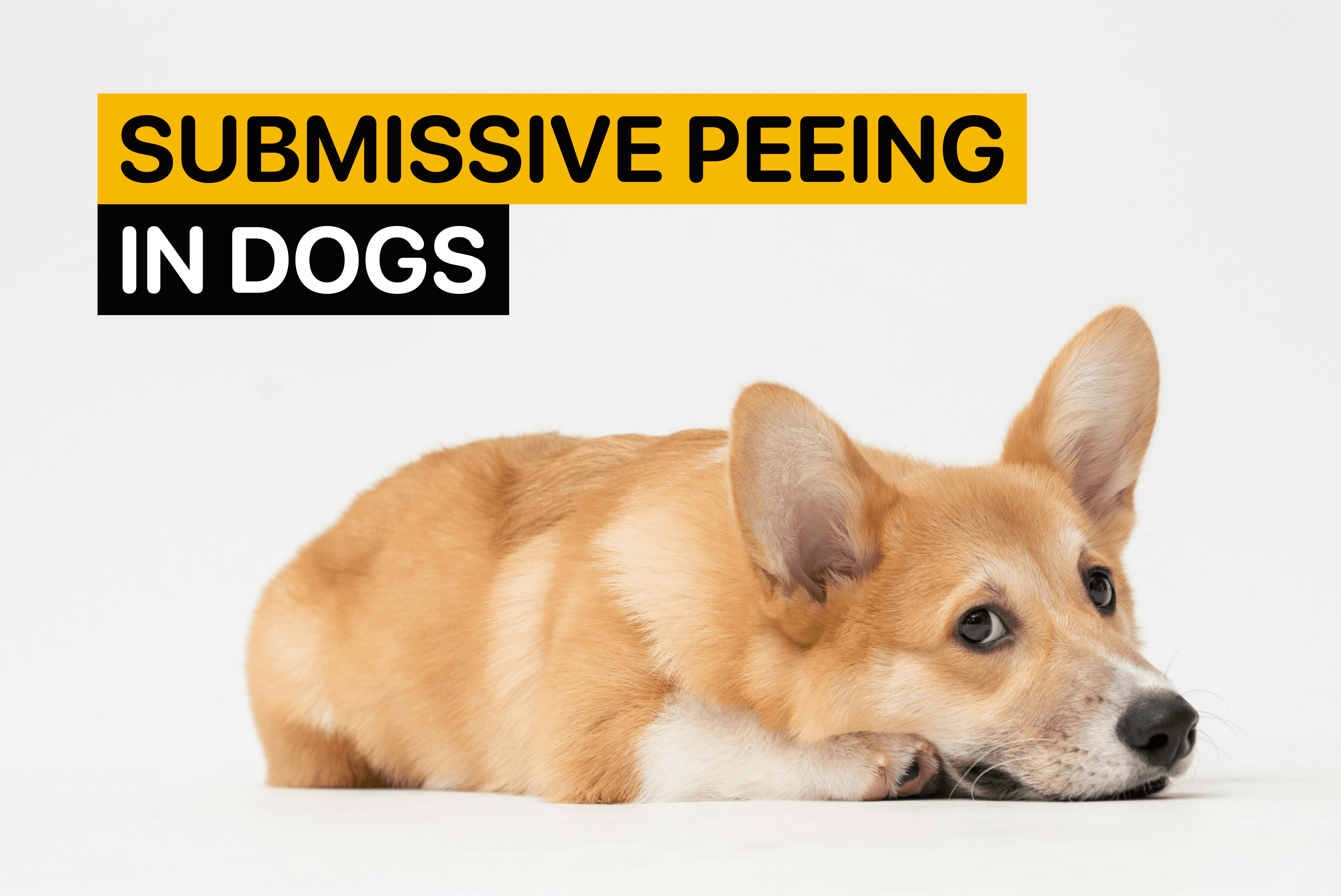Why Won't My Dog Poop Outside? Reasons & Solutions

By
Woofz Team Updated on |Reviewed by
Karen PiwinskiMost pet parents prefer their dogs to eliminate outdoors for several reasons. Above all, it’s a question of convenience and hygiene, so it makes perfect sense to housebreak your pooch as soon as possible. However, some owners struggle to teach their dogs to poop outside.
If you’re wondering how to get your dog to poop outside, we’re here to help you with some expert tips on potty training a stubborn pet.
5 Common Reasons Why a Dog Refuses to Poop Outside
Understanding why a canine refuses to poop outside is very important. Constant avoidance of potty breaks outdoors may stem from behavioral issues (lack of habit), psychological problems, underlying medical conditions, or even owner error, for example, not taking the dog out often enough or failing to maintain a consistent schedule. Let’s review five typical reasons why your pup has stopped pooping outside.
1. Anxiety
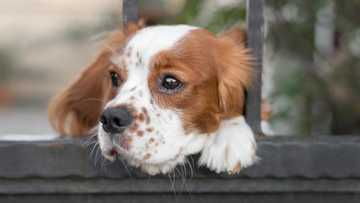
Although it's an entirely natural behaviour, going number two outdoors can be stressful for some dogs, especially those prone to fears and hypersensitive to stimuli. Thus, some dogs can get scared of loud noises, such as traffic noises, other dogs barking, or people shouting.
2. Lack of positive association
Training a dog to poop outside relies on using positive reinforcement methods. If the training hasn’t been done correctly, your pooch may lack motivation to go potty outdoors. Paired with previous negative experiences, such as being scared outdoors, it can become a serious obstacle in the housetraining process.
3. Familiarity with indoor surfaces
It’s often the case with small breeds that were trained to poop on puppy pads, or those pets that lived their entire puppyhood indoors.
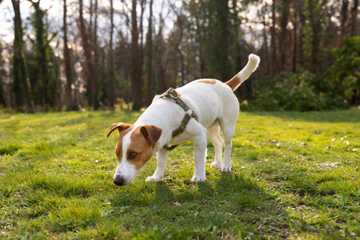
Going out means dealing with unfamiliar surfaces, smells, and distractions. In some cases, they may also dislike the weather — whether it’s too hot, too cold, stormy, or windy. So, when a puppy refuses to poop outside, we can suspect that they see the house as a comfortable and safe place to poop and may struggle with a transition to outdoor bathroom breaks.
4. Health issues
This is especially relevant for aging pets, as they tend to develop health issues as they get older. Some old dogs may struggle with a medical issue related to cognitive decline, causing them to forget some of the behaviors they mastered earlier. These can include waiting for outdoor time to go potty. Other possible reasons include arthritis (also common for old dogs), constipation, diarrhea, or any other pain in the abdomen, which can make defecation scary for a dog.
5. Fear of distractions
For some pets, outdoor time can be overstimulating.
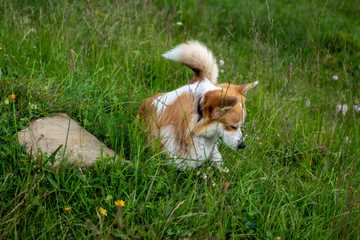
They easily get distracted by different noises and smells, so they start sniffing around and exploring the potty spot instead of using it. These distractions can also make it difficult for a pup to focus and concentrate on their body functions.
How to Get My Dog to Poop Outside in 7 Practical Tips
1. Consider their feeding schedule
Canines typically poop 30 minutes after their meal. Knowing their feeding schedule can help you predict when they’re going to feel the urge to go potty. It means you can change the timing of potty breaks in such a way that it increases your pet’s chances of pooping outside successfully.
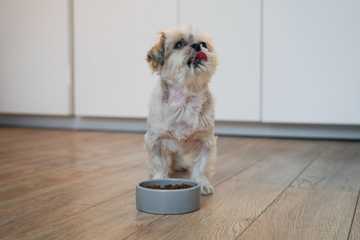
Consider that adult dogs and young pups have different nutritional requirements. Puppies typically need at least three feedings a day, while adult canines can manage with two. So, if you own a young pup, you must consider more frequent potty breaks to avoid in-house accidents.
2. Establish a routine
Predictability and frequency of potty breaks are key to successful potty training.
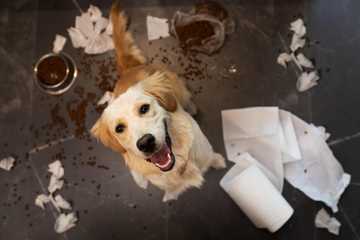
As we’ve discussed above, a regular schedule of feeding your pup can help you predict when it’s time for them to have a potty break. However, it’s also helpful to have a fixed walking schedule so that your pooch knows when they can expect some outdoor time.
3. Recognize signals
Despite being able to predict your dog’s elimination patterns, sometimes things can break away from the typical order. That’s why pet parents should be aware of their dog’s body cues suggesting it’s potty time, and you can encourage them to do it.
These signs include:
- Squatting
- Stress panting
- Barking or whining
- Restlessness
- Going in circles
- Waiting by the door.
4. Use rewards
As we’ve mentioned, one of the reasons for unsuccessful house training is a lack of motivation to go potty outdoors. Using positive reinforcement, such as praise (use a specific word consistently) and rewards, can be an effective housebreaking tool. You can offer your pooch their favorite treats to form a positive association with the process.
We suggest choosing high-value treats (which work best for food-motivated dogs) as they will be a more potent reinforcer of the behavior. It’s essential, though, to consider the timing of offering a treat. Give it to your dog only after they finish, but soon enough to help them connect the elimination with a delicious reward.
Sometimes, if the treat is too exciting, they focus more on the treat than on going potty. In this case, you may need to switch to a less exciting treat.
5. Introduce the crate
Despite years of co-living with humans, canines still have a great deal of instinctive behaviors their ancestors displayed. One of them is keeping their den clean. You can use this instinct to your advantage when potty training your pooch. Introduce your pup to crate training early on to help them recognize their crate as their designated right spot in the house.
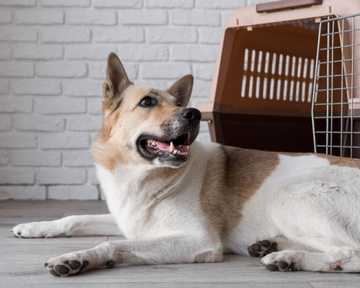
If the crate is the right size, your pet will do their best to hold it in when they spend time there (if it’s too big, your dog may choose to poop in one corner and relax in another one). By using a crate, you can gain better control over when and where your dog poops, allowing you to modify your walking schedule so that they have more opportunities to poop outside.
6. Clean thoroughly after accidents
Your dog’s sense of smell is much stronger than yours, so even if you think you've washed a place where they pooped properly, your pooch may still detect the scent. The problem with lingering waste odor is that canines start recognizing this specific spot as the one suitable for potty breaks. As a result, you can expect repeated defecation in this area of your home, as it’s treated as a potty spot.
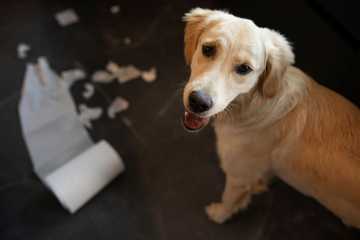
To clean the potty spot thoroughly, scrape the fecal matter first and place it in a plastic bag to dispose of it later. Then, use a special enzymatic cleaner. It will remove not only stains but also odor residue. For carpeted areas, especially if the dog has stepped in the poop, a carpet shampooer can be very effective. Spot-cleaning models are particularly handy, as they can quickly handle both urine and poop accidents.
7. Consistency is key
Nothing sabotages potty training more than a lack of consistency in your approach. When a pup gets mixed signals as to when and how often they can expect a potty break, they can’t build proper associations and understand what kind of behavior you expect from them. To succeed in house training, stick to feeding and walking routines, use consistent praise and rewards, and be patient with your furry companion.
Wrap Up
Potty training a dog is essential for sharing your home with a furry family member comfortably. Although accidents, when your pup can poop and pee inside, are inevitable, you can help your pooch master housetraining if you take into account their physical needs, behavioral tendencies, and medical history. A consistent approach to potty training, combined with your positive attitude and plenty of support, can help your dog grasp the concept of bathroom breaks and make life for both of you much better.

